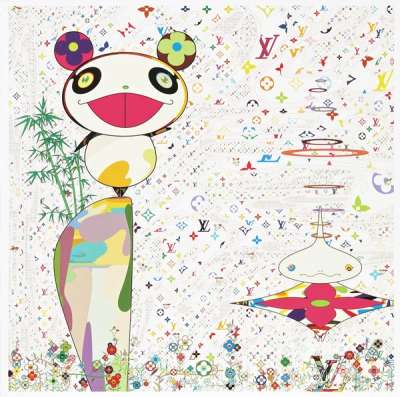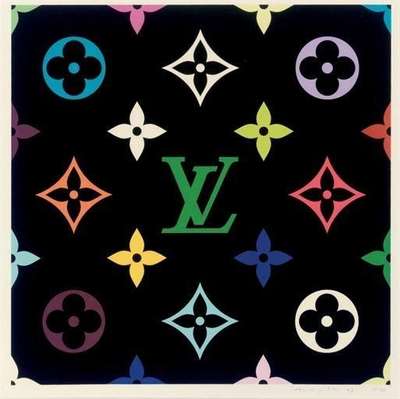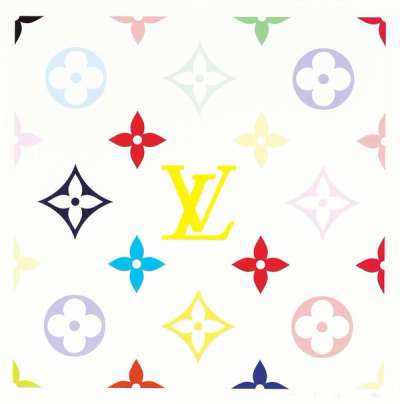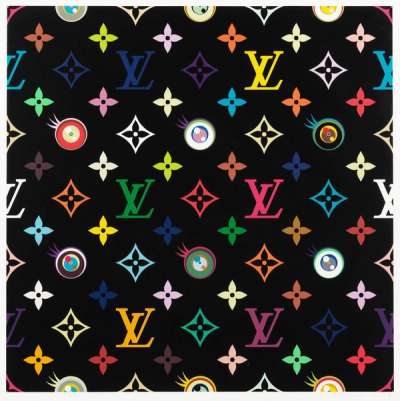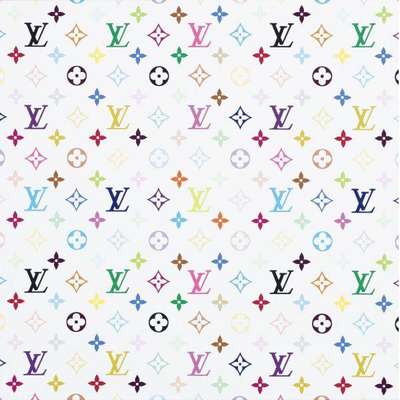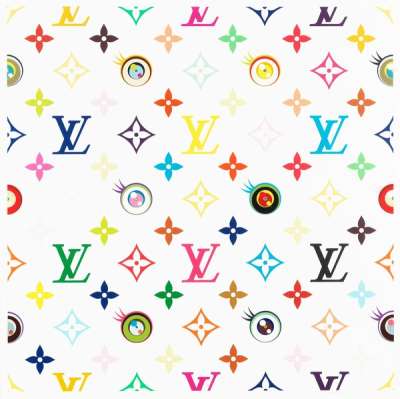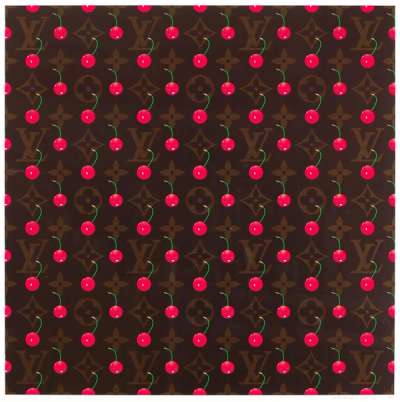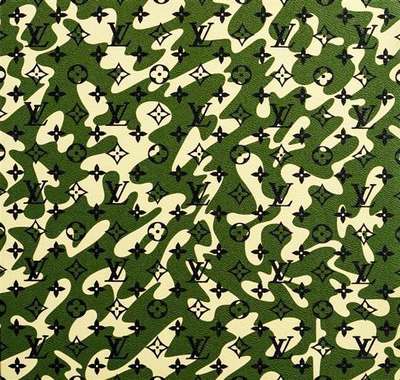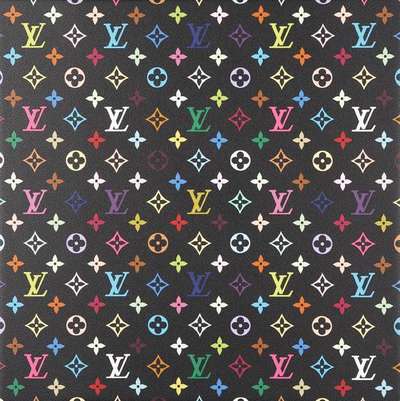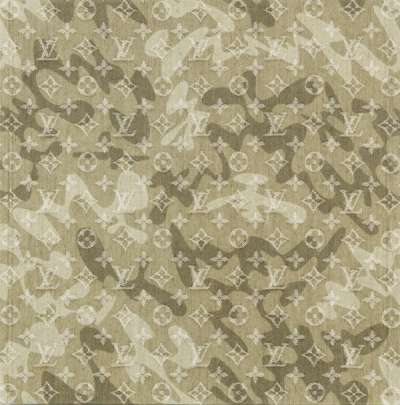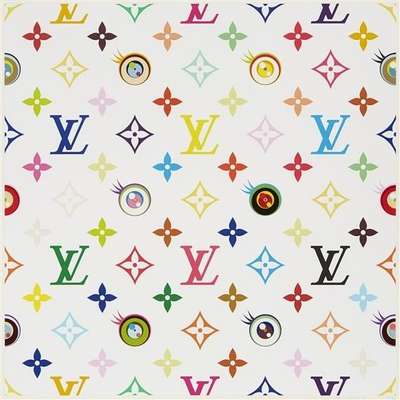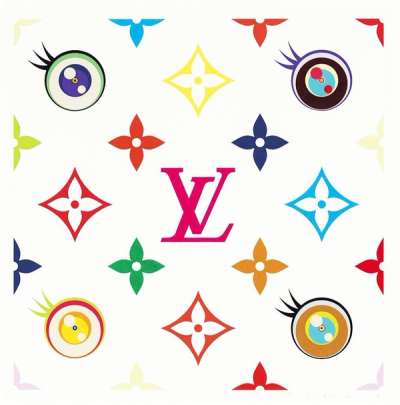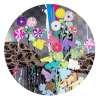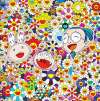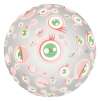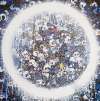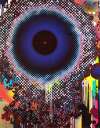Louis
Vuitton
In 2000, Japanese artist Takashi Murakami collaborated with Louis Vuitton to produce a variety of screen and mixed media prints. Marc Jacobs, then creative director of Louis Vuitton, stated, "It has been […] a monumental marriage of art and commerce. […] one for both the fashion and art history books."
Takashi Murakami Louis Vuitton For sale
Louis Vuitton Value (5 Years)
With £31190 in the past 12 months, Takashi Murakami's Louis Vuitton series is one of the most actively traded in the market. Prices have varied significantly – from £1216 to £18933 – driven by fluctuations in factors like condition, provenance, and market timing. Over the past 12 months, the average selling price was £7797, with an average annual growth rate of 4.95% across the series.
Louis Vuitton Market value
Auction Results
| Artwork | Auction Date | Auction House | Return to Seller | Hammer Price | Buyer Paid |
|---|---|---|---|---|---|
 Monogramouflage (green) Takashi Murakami Signed Print | 1 Feb 2024 | Phillips New York | £6,800 | £8,000 | £11,000 |
 Monogramouflage (denim) Takashi Murakami Signed Print | 1 Feb 2024 | Phillips London | £3,868 | £4,550 | £6,500 |
 Superflat Monogram Panda And His Friends Takashi Murakami Signed Print | 27 May 2023 | SBI Art Auction | £11,475 | £13,500 | £16,000 |
 Cherry Takashi Murakami Signed Print | 15 Sept 2020 | Sotheby's Hong Kong | £7,650 | £9,000 | £12,000 |
 Monogram (multicolour, white) Takashi Murakami Signed Print | 22 Jul 2020 | Phillips London | £8,075 | £9,500 | £12,500 |
 Eye Love Superflat (black) Takashi Murakami Signed Print | 18 Dec 2018 | Bonhams New Bond Street | £2,975 | £3,500 | £4,400 |
 Eye Love Superflat (white) Takashi Murakami Signed Print | 18 Dec 2018 | Bonhams New Bond Street | £2,975 | £3,500 | £4,400 |
 Superflat Monogram (green) Takashi Murakami Signed Print | 19 Sept 2017 | Phillips New York | £1,615 | £1,900 | £2,600 |
Sell Your Art
with Us
with Us
Join Our Network of Collectors. Buy, Sell and Track Demand
Meaning & Analysis
Produced in the 2000s by the acclaimed contemporary Japanese artist, Takashi Murakami, the Louis Vuitton collection includes a variety of screen prints and mixed media prints produced by the artist in collaboration with the renowned fashion label, Louis Vuitton.
Murakami has had a long-lasting collaboration and close relationship with the luxury brand. His work with the designer label brought attention towards his ability to blur the line between ‘high art’ and commercialism. The collaboration also brought the artist tremendous international attention meaning he gained celebrity status in his home country, Japan.
Speaking about the infamous collaboration, Marc Jacobs, the creative director of Louis Vuitton, said: “our collaboration has produced a lot of works, and has been a huge influence and inspiration to many… It has been, and continues to be, a monumental marriage of art and commerce. The ultimate crossover – one for both the fashion and art history books.”
